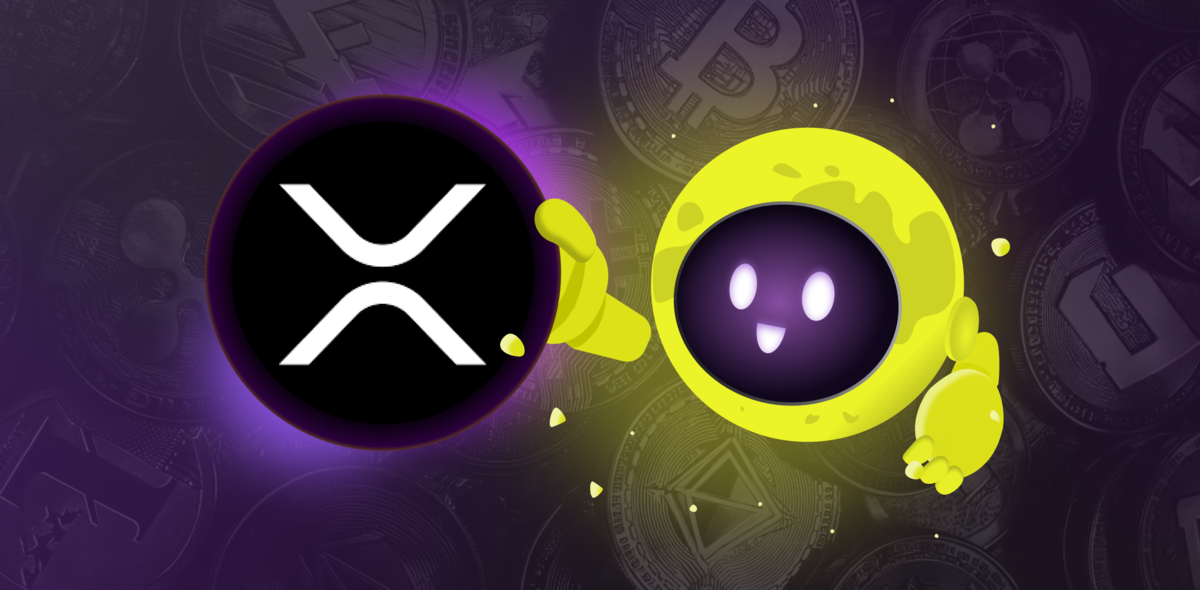
The rapidly evolving and ever-changing crypto world constantly introduces new terminology and ideas, reflecting the complex nature of this financial and technological domain. One of them is "shitcoin", which has become widely known. In this article, we will explore all the hype around these coins.
What is Shitcoin?
The term "shitcoin" is slang used within the crypto community to refer to a digital currency or token that is considered to have little to no value or potential. It is typically used to describe cryptocurrencies that are poorly designed, have no real use case, or have been created as part of a scam or fraudulent scheme. The term is often used to criticize or dismiss certain cryptocurrencies in favor of more established and reputable digital assets. Many of these so-called "shitcoin" cryptocurrency ventures are essentially copies of Bitcoin and do not bring anything new or advance the technology they use.
The Appeal of Shitcoins
Despite its negative definition, shitcoins still generate significant interest in the cryptocurrency community. One of the reasons is the low barrier to entry: shitcoins are often inexpensive to buy, making them accessible to a wider range of investors. Hype also plays a big role in the attractiveness of meme tokens, they often arouse great interest due to aggressive marketing tactics and promises of high profitability. This attracts investors who are driven by FOMO (fear of missing out) and the desire to make a quick profit. Shitcoins are often associated with the unregulated and decentralized nature of the cryptocurrency market, which can appeal to investors who are looking for opportunities outside of traditional financial systems.
It's important to note that investing in shitcoins carries a high level of risk, as many of these projects lack value and are vulnerable to fraud and manipulation. Investors should conduct thorough research and exercise caution before investing in any cryptocurrency.
Silly Cryptos: Some Case Studies
The number of meme coins is infinitely large and every year more and more new projects appear. Below we will give a brief profile of the two most popular shitcoins.
Dogecoin (DOGE)
Dogecoin is the world's first meme coin, which is in the top 10 cryptocurrencies by market cap in 2023. A coin created for fun, but gained worldwide fame, let's figure out why.
Dogecoin was invented in 2013 by two software engineers, Jackson Palmer and Billy Marcus. They combined the main trends of that year - bitcoin and the "doge" meme featuring a Shiba Inu dog - in order to establish a new cryptocurrency. The main idea was to make the coin available to the public, so they created it using open-source software. Another distinctive feature of Dogecoin is the unlimited number of theoretically existing coins.
Throughout its history, Dogecoin has demonstrated the influence of community and internet culture, achieving significant market penetration despite its comical origins. Initially, its performance was consistently modest, and the coin was usually valued at less than $0.01. However, in 2021, the narrative changed. Fueled by community excitement and social media attention, the value of Dogecoin soared to almost $0.68 per coin.
In addition, approval from high-profile individuals such as Elon Musk has contributed to the recognition and use of Dogecoin. It has also been put into practical use, for example, the NBA team Dallas Mavericks has adopted Dogecoin as a payment method.
Despite this, after reaching the peak, the value of the coin fell as a result of Musk's performance on Saturday Night Live. Since then, its value has been constantly decreasing, regularly falling below the $0.20 mark.
Shiba Inu Coin (SHIB)
The next most popular meme coin is Shiba Inu Coin, created as an alternative to Dogecoin, also called the 'Dogecoin killer'. It was released in August 2020 by an anonymous person known as "Ryoshi," and is very similar to Bitcoin and Satoshi Nakamoto. Although Shiba coin is considered an alternative to Dogecoin, the main difference is that the coin is launched on the Ethereum blockchain and can run smart contracts and work with decentralized applications.
Like any other cryptocurrency, the value of Shiba Inu was initially insignificant, but in 2021 the coin boomed and grew by more than 40,000,000% from a price of $0.000000000119, reaching a peak of $0.00007489.
Shiba Inu coin, like Dogecoin, gained high popularity due to the interest of Elon Musk, who once tweeted about his interest in acquiring a Shiba puppy, which, in turn, caused a stir in the crypto market and led to an increase in its prices. Another interesting fact that made Shiba Inu famous and subsequently reduced the cost by up to 40 percent, was when Vitalik Buterin, the founder of the Ethereum blockchain technology, donated 50 trillion Shiba Inu coins to the Indian Covid-19 Relief Fund.
Despite its volatility, it has gained popularity and a high ranking worldwide among cryptocurrencies, with a market capitalization of more than $5 billion.
The Main Factors Behind the Success of Shitcoins
Let's look into the main factors that contributed to the stability of these coins in the crypto world, as well as their success.
The first thing to say is speculation and market hype. Many shitcoins experience rapid, speculative growth due to market hype or influential figures recommending them, such as Elon Musk or other well-known individuals in the crypto community.
Next, we would like to mention pump and dump schemes. Some shitcoins may see massive price increases due to coordinated efforts by a group of investors to artificially inflate the value of the coin, only to sell off their holdings at the inflated price, leading to a rapid crash in value.
Innovations and unique features. Despite their initial instability, some shitcoins gain popularity and succeed due to unique technical features or innovations in the cryptocurrency space, attracting users and investors.
And of course, memes and Internet culture. Shitcoins with humorous or memorable branding combined with memes and Internet culture sometimes attract significant attention and popularity, contributing to their success.
Risks and Challenges
Shitcoins, or new and smaller cryptocurrencies, present various risks and challenges for investors and users. Some of the key concerns include:
1. Volatility: Shitcoins are often highly volatile, with prices subject to rapid and extreme fluctuations. This volatility can lead to significant financial losses for investors.
2. Lack of transparency: Many shitcoins lack transparency, with limited information about their developers, technology, and future plans. This opacity raises concerns about the legitimacy and long-term viability of these cryptocurrencies.
3. Potential for scams and rugpulls: Shitcoins are susceptible to fraudulent schemes and "rugpulls" where developers abandon a project after raising funds, leaving investors with worthless tokens. This creates a high risk of financial fraud and loss.
4. Lack of liquidity: Shitcoins may lack sufficient liquidity, making it challenging to buy or sell large quantities of these cryptocurrencies without significantly impacting their prices.
5. Limited use case: Many shitcoins lack a clear or valuable use case, relying solely on speculative trading and hype, which may not sustain their long-term value.
Conclusion
In conclusion, it is important to say that the term shitcoin is subjective, and what some people consider a shitcoin, others may perceive differently. Shitcoins, initially low in value, can potentially significantly increase in price, perhaps by 1000 times or more. However, it is necessary to understand that these types of coins will decrease in value rather than experience significant growth. To benefit, it is important to carefully select the most promising shitcoins for investment. Conducting thorough research and analysis is extremely important before investing in any cryptocurrency.




